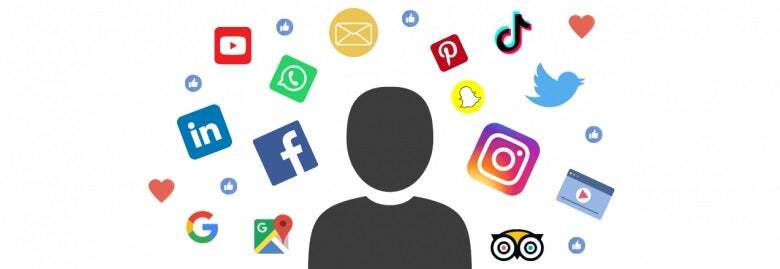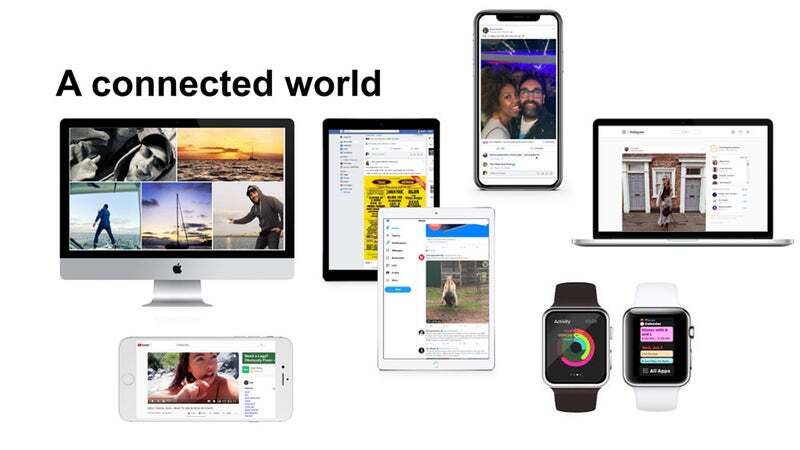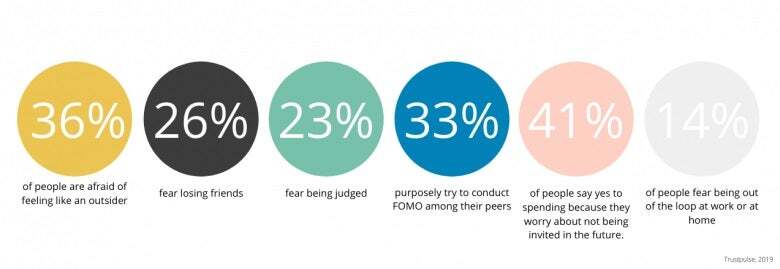How can marketers leverage FOMO?
Gravity Global – Performance Marketing’s Head of Content, James Gill spoke about FOMO (The Fear of Missing Out) at the Norfolk Network’s March event. His presentation and research has been adapted by Ben Allen, Marketing Executive, for the purposes of this blog post. Performance Marketing’s Joint Directors, Louisa Roberts and Rob Welsby will be featuring on the June edition of the Norfolk Network webinar.
‘The fear of missing out’ (FOMO) has always been around but technology is taking it to new anxiety-inducing levels. There seems to be an app for almost everything nowadays. But whilst the idea of a digital detox from time to time seems like a good idea when it all becomes too much, is it really possible anymore?
FOMO is a part of human nature. It has always been present. Why? It’s in our evolution. It’s beneficial to us to be part of something; both mentally and physically. In the very beginning, by following the crowd, individuals were more likely to survive. Those pre-human creatures who were more inclined to want to be a part of the group were more likely to survive to pass on their genes – genes which included the inclination to want to be included and not miss out.
As technology has developed though, the need to be a part of something has increased massively. Social media in particular has played a big part in this, to the point of concern for many of the younger generations. Before Covid-19 broke out, many deemed social media as a negative space, making society into screen addicts with next to no real human interaction. But now, the channels have become something of a saving grace for many to communicate on.
A brief history of FOMO
The term ‘fear of missing out’ has been around for decades. Advertisers first realised the power of FOMO in the second half of the 20th century after seeing that their campaigns were most responded to when messages about how their product could change a consumers life were plastered all over them. Prior to this, their main messaging was about what the product did and how much it cost. Showing why a consumer needed it made it more compelling. It made people worry that if they didn’t make a purchase they’d be left out of the ‘in crowd’. Other messages that also raised ‘fear’ levels included headlines such as ‘don’t miss out’, ‘buy now to avoid disappointment’, ‘last chance to buy’ etc. These types of messages are still heavily used in today’s advertising campaigns, particularly sales related ones.
But, 15 years ago the way in which consumers experienced FOMO was very different. Lack of technology meant that the party you heard about or that product you wanted would play on your mind once or twice (but not much more) unless prompted. You feared missing out, but didn’t necessarily have this overriding feeling, because it wasn’t constantly in front of you. It was all in the imagination. For many, FOMO was mainly regarded as a marketing ploy to consumers. And for the most part it was. Because if you missed out, you’d soon be over it by the time something else came along.

Today: Media Overload
Connected technology, the internet and social media have sent FOMO into overdrive. Now, the fear is very real. Brands, friends, family – they all post across their digital channels for all to see meaning it has become extremely hard to avoid the constant rotation of content. Social Media is a great example of this. Why? Because it facilitates and feeds off the urge to be approved of, to be affirmed. But only the most impressive parts are broadcast (with some content being exaggerated or invented). People see this and want to be a part of it. For frequent users of social media, FOMO occurs dozens of times a day. According to Trustpulse, 56% of social media users experience it and 69% of millennials experience it on a daily or hourly basis.
But it’s not just social media causing anxiety, it’s all technology. Society is connected in so many ways now. Through emails, instant messaging, notifications, digital watches etc. It’s almost impossible to switch off, because there is always the fear of missing out on something.

Seeing a broadcast can make us anxious too (for example the recent ‘panic buying’ in supermarkets), but broadcasting can also make us anxious: will people think my picture is cool? Will they approve? How many likes will I get? Will so-and-so see it? How many people will sign up to this event? etc.
It’s an anxiety-driving double whammy. Not just for the individual, but for a marketer or business too. From constantly reviewing posted content to researching competitor activity ( e.g. reviewing if you’ve missed something in your target market). It is a never ending rotation. But in some cases, as many advertisers experienced years ago, FOMO can be a great way to attract consumers, in ways that aren’t damaging. It is a powerful force that marketers can use to reach and engage audiences – and, importantly, take action. As time and technology has progressed, so has the way FOMO is used in marketing comms.
Ways in which digital marketers can leverage FOMO
The ways in which marketers and businesses have adopted FOMO over the years has changed. It’s understandable that this kind of messaging gets results. It encourages the impulse buy in from a consumer and seeks immediate action. Here are some of the ways FOMO is being used and how you can incorporate them into your marketing:
- Adding targeted messaging to product pages. From showing how many people have viewed the product / made a purchase in a certain period to revealing what opportunities have been missed.
- Using content to an advantage. Many sites now have content that expires after a certain amount of time or will only let users see half of an article before recommending they upgrade to a premium subscription.
- Using aspirational imagery or videos is a great way to enhance a product’s appeal.
- Rewarding a consumer for their business by offering incentives.
- Using automated plugins such as countdowns, stock level checks and consumer reviews/testimonials.
- Being explicit about FOMO e.g. the traditional ‘don’t miss out’ messages or ‘if you don’t sign up, you will miss out’.
In marketing terms, FOMO can be a great way to entice a consumer into buying into your business or product. With messaging that indicates ‘this won’t be around forever’ you can promote an immediate response from your audience. FOMO at times can also help a marketeer react quicker and implement campaigns more efficiently (because no one wants to be the last to do something). Covid-19 has also prompted this response, with many businesses looking at ways to stay in contact with their customers. The fear of missing out is evident, with many not wanting to be left in the dark.

To summarise, if done smartly, FOMO has the power to fuel your campaigns.
JOMO over FOMO?
But if the past eight weeks have taught us anything, it’s that it can be ok to miss out. Turning FOMO on it’s head in 2019, Dominos, Beats and Bose all released marketing campaigns under the abbreviation ‘JOMO’ (The Joy of Missing Out). For the pizza takeaway giant it was all about choosing a comfy night in over a big night down the pub. In a tongue-in-cheek campaign they told consumers to embrace the JOMO. In similar fashion, headphone brands Bose and Beats shared promotional campaigns that focused on consumers blocking out the outside world with their noise cancelling headphones. Again, telling its audience to embrace their inner JOMO. If you google ‘JOMO’ there is a lot of content out there that supports the notion of taking joy in missing out in today’s technology overload.
During recent times, it has become more apparent that society should take pleasure in missing out, with many looking at new ways to entertain themselves. Things like zoom quizzes, virtual parties and TikTok have all become extremely popular as more people find the joy(s) in doing something a little different to the norm. Which raises the question; will JOMO become the new FOMO for many when restrictions are eased? Is it time we start focusing our attention on this and leveraging our campaigns based on this notion?
In summary
For the individual, it is about managing usage. Social media and the mass use of technology is fueling FOMO more than ever before. But a full digital detox isn’t possible in today’s climate. Like the humans before us, we’ve adapted with the times in order to survive. As much as it may be possible to completely switch off, there’ll always be that impending fear of what comes next once or if you return. FOMO exists in all manner of life.
Marketeers in particular caught onto this early on and have been adapting the message for decades. Now, there are so many ways FOMO can be leveraged. For businesses, it can be seen as a positive way to grab attention and demand action. In particular, social media is a great way to reach out to audiences. But for the individual it can have repercussions. But during this downtime, perhaps the fear of missing out has taught many that it’s ok to miss out and in fact there is benefits to be found in doing something a little different.
Are you experiencing FOMO with your marketing? We’re here to help! For help and guidance on brand, creative, content or digital, drop us an email hello@www.gravityglobal.com and we’d be happy to discuss.


